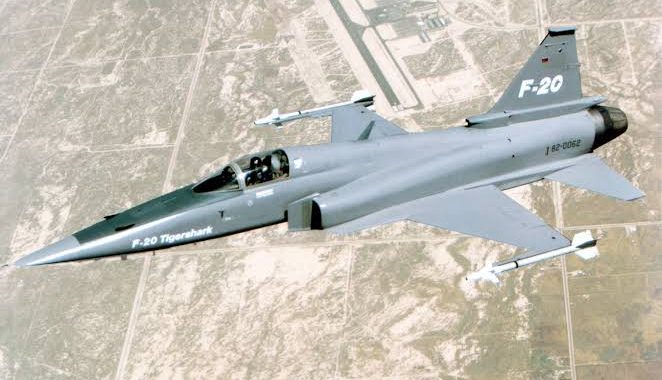Amazing facts about the Northrop F-20 Tigershark: The light Fighter that never saw combat action
The aircraft for today is the one that is not in the active-duty of any country’s air force as it was cancelled shortly after its creation. The name of this aircraft is Northrop F-20 Tigershark which is also known by its designation as F-5G. The Northrop F-20 Tigershark is a light fighter that was developed … Continue reading Amazing facts about the Northrop F-20 Tigershark: The light Fighter that never saw combat action
0 Comments
